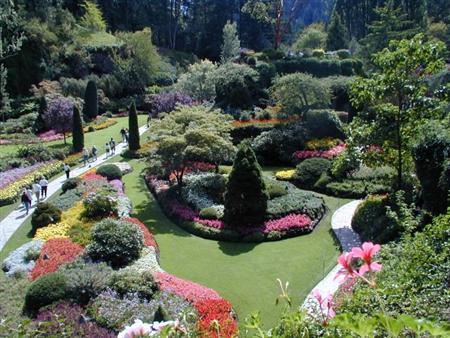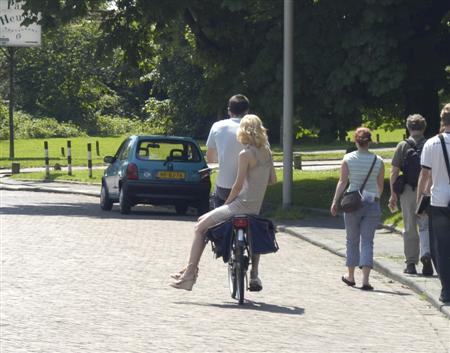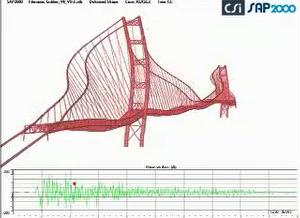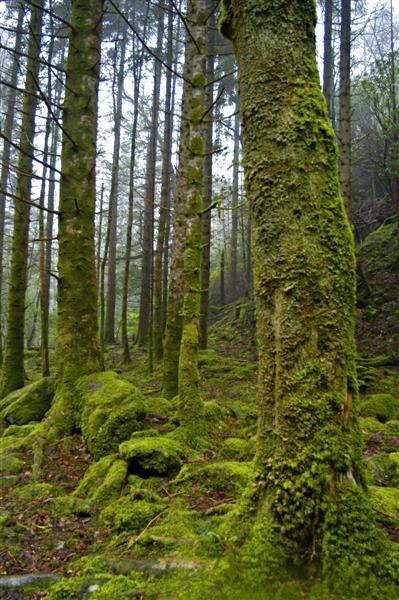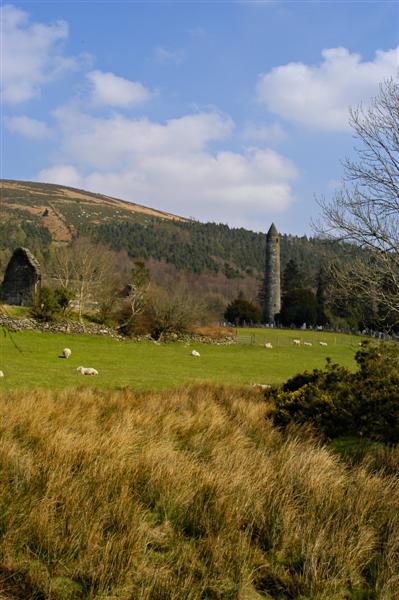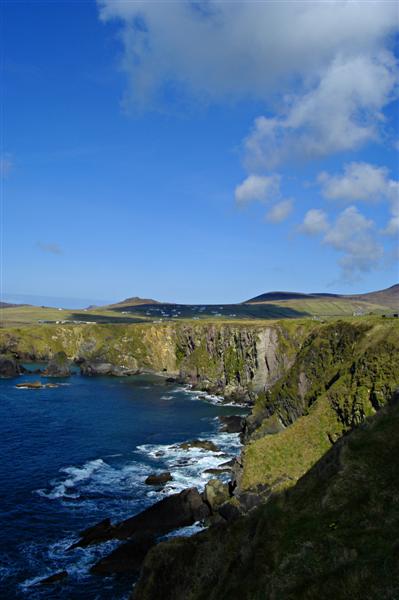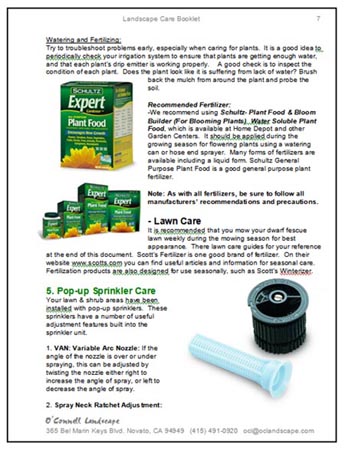While our company focuses mainly on residential design and installation, we do from time to time branch out on a commercial or specialty project. A recurring problem on one such restoration project, which occurs when working on native plant revegetation is finding the specified plantings. We have been working on an estimate for a landscape restoration of a creek channel in Marin. The plants specified for the revegetation of the creek banks are California natives, which are not grown in the mainstream nursery trade and only grown by native plant specialty nurseries. The problem that restorations provide are two fold- the plants themselves are not commonly grown and not widely available, and the numbers required to revegitate a restoration site (several hundred for a quarter acre of creek bank in this case) are typically not readily available.
An interesting example of this was a native grower who was contacted by a developer for a revegetation project. Frequently there will be a planning requirement that mandates revegetation with plants native to the site on large developments in California that displace existing vegetation. The builder contacted the grower with his list of several hundred native plants that were specifically endemic to the site, with a time table of 6 months for installation. The grower responded with frustration and amusement because none of the plants were available in the trade and had to be propagated and grown from seed or cutting. This process that can take several years depending on the size of plant required.


